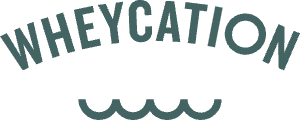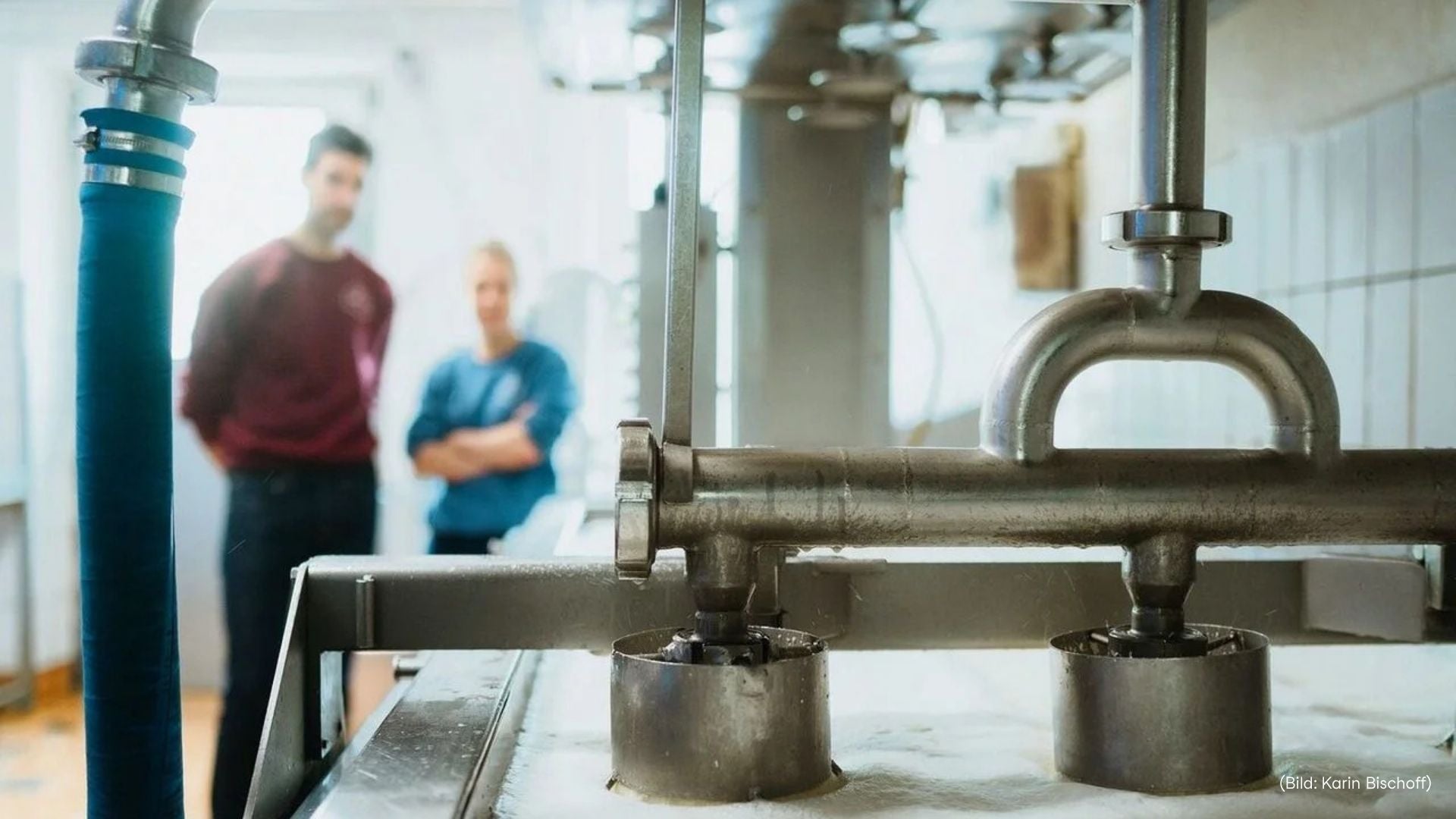Did you know that over 85% of Swiss whey is not used for food? Wheycation is committed to utilizing this byproduct of cheese production – with innovative product ideas, concrete savings, and engagement on multiple levels. In August, we'll look back at exciting milestones: media reports, impact data, project completions – and provide an outlook on the next steps for circular whey use.
Together with other upcycling startups: Wheycation in the animal world
The article in Tierwelt magazine makes it clear: More and more Swiss startups are utilizing industrial side streams to develop delicious and sustainable foods. Alongside innovative companies like Luya and EggField, Wheycation is also profiled.
Doris explains in the article:
"In Switzerland, over a million tons of whey are produced annually in cheese production – and only about 14 percent is used directly for food. We want to use this Swiss raw material in Switzerland, process it locally, and thus contribute to an intelligent circular economy."
Last year alone, Wheycation contributed to the upgrading of around 50 tons of whey – as a basis for protein powder, protein porridges, and sports drinks. Interest in such solutions is growing – and the public is becoming increasingly aware of the possibilities for repurposing supposedly waste products.
Click here for the article: https://www.tierwelt.ch/artikel/natur-umwelt/so-clever-retten-diese-schweizer-unser-essen-vor-dem-muell-552007
Project completion «Upcycling Swiss Whey»: A system in transition
Another milestone: the completion of the "Upcycling Swiss Whey" project, coordinated by foodward, in which Wheycation participated as both initiator and active partner. In a co-creation process involving over 50 stakeholders from research, industry, politics, and society, new applications, business models, and regional solutions were developed.
In focus: Seven test cases – including the "Natural Whey Sweetener" use case led by Wheycation. The lactose-rich whey permeate was used to create a low-lactose concentrate that shows potential as a functional and sensorially exciting sugar substitute in products such as sports gels or whey caramel.
The final report clearly demonstrates that whey is not waste, but a strategically valuable raw material. Its utilization is technologically feasible, ecologically sound, and offers opportunities for regional value creation and food sovereignty.
Click here for the full report: https://foodward.ch/content/uploads/2025/07/2507-03-Abschlussbericht-Molke.pdf
Impact figures from the StreamUp program
How great is the ecological benefit if the lactose-rich side stream from whey protein production is sensibly utilized instead of being disposed of? As part of the StreamUp funding program, the University of Applied Sciences and Arts (FHNW) estimated the savings and impact of the "Natural Whey Sweetener."
The very pleasing result: By using whey permeate concentrate, there is a savings potential of around 2.5 tons of CO₂ equivalents per year (with an initial production volume of 4 tons per year).
And that's just the beginning – because the system is scalable. The impact can multiply as production grows.
More about the StreamUp program: https://united-against-waste.ch/landing/streamup/
Classification by the FOEN report: Life cycle assessments as a basis for decision-making
The report on the valorisation of side streams in the food industry, commissioned by the Federal Office for the Environment (FOEN), provides a systematic basis for prioritisation.
Whey performs well, especially in the form of whey concentrate (liquid or dried) or as direct use in food
Wheycation’s core business – the use of whey for functional protein products – is also generally viewed positively if:
• the raw materials come from Switzerland
• conventional protein sources are replaced
• is processed in a resource-saving manner
• the lactose and mineral fractions are also used sensibly.
For the full report: https://www.bafu.admin.ch/dam/bafu/de/dokumente/wirtschaft-konsum/externe-studien-berichte/vergleichende-oekobilanzen-valorisierung-von-nebenstroemen-in-der-lebensmittelindustrie.pdf.download.pdf/Nebenstroeme-Lebensmittelindustrie.pdf
What's next? – Outlook: Project Swiss AOP Whey
Wheycation is continuing its progress. Building on the findings from "Upcycling Swiss Whey," the follow-up project "Swiss AOP Whey" is currently being developed.
The vision: High-quality, functional proteins from regional whey, ideally from Alpine milk, with short transport routes, minimal processing, and holistic use of all fractions.
A decentralized structure is planned, which includes regional whey valorization centers and adapts flexibly to different whey sources.
Interested partners from processing, research, agriculture or product development are cordially invited to participate.
Contact: doris@wheycation.ch
Conclusion: From side stream to nutrient source
What was once considered waste can now be viewed as a valuable raw material. Wheycation demonstrates that with creative ideas, equal partners, and sound impact measurement, whey can be placed at the center of a sustainable diet.
Whether in sports, everyday life, or research – whey has the potential to be a game changer. And we're still a long way from reaching our goal.


Share:
Iced Matcha Vanilla Latte
Strawberry Protein Mousse